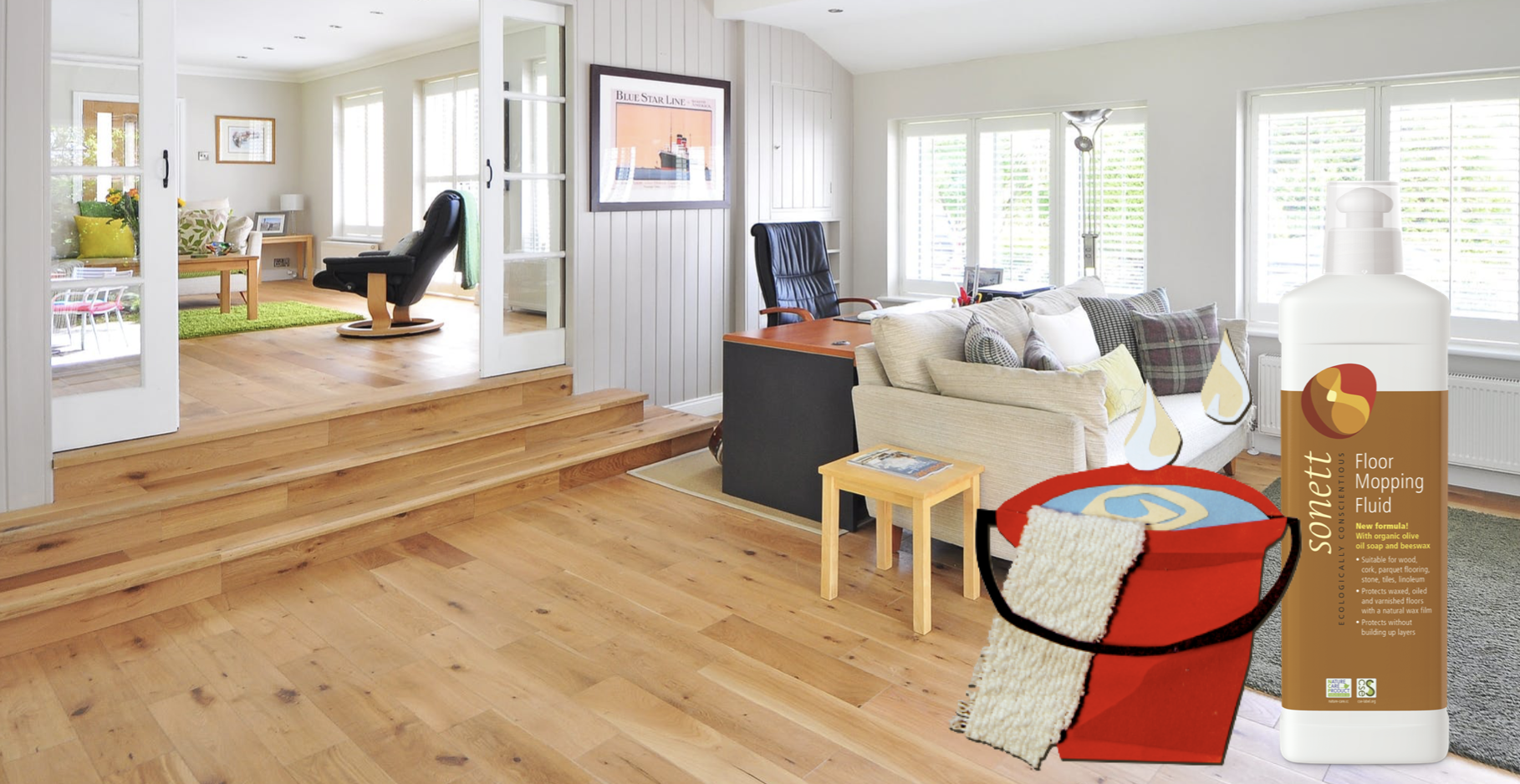TIPS for keeping your floors cleaner for longer
Dirt from everywhere collects on your shoes and gets tracked into your house. Spills accumulate as well. And we didn’t even mention kids and pets!
TIPS
Use entrance mats to protect against grit and moisture, at front door, back door, deck and garage if internal access.
House rule – outside shoes to be left at the entrance, it’s going to save you a lot of work and damage to flooring.
Mop up spills as soon as possible to reduce the risk of staining.
For stubborn stains, spot clean with undiluted All-Purpose Cleanser.
Regularly sweep or vacuum the floor to remove loose dirt or grit as these can cause fine scratches.
Avoid the use of harsh conventional household cleaners and bleach-based detergents.
Invest in a removable/washable cotton mop, don’t use a sponge mop for floor cleaning, these just spread the dirt around. Work your cotton mop in a figure 8 motion for optimal cleaning.
Thoughts on little ones:
For those with babies in the home, crawling, then putting their fingers in their mouth, it goes without saying, you don’t want petrochemicals or any other nasty chemical residues on your floor.
Sonett Floor Mopping Fluid
500ml and 5 litres
With organic olive oil soap, organic carnauba wax and beeswax.
Protects waxed, oiled and varnished floors with a natural wax film and without building up layers.
Suitable for tiles, stone, wood, cork, parquet flooring, laminate, linoleum and synthetic/vinyl flooring.
Even brings a shine to scratched wooden floors.
The natural waxes keep floor cleaner for longer, once a month clean with Floor Mopping Fluid and a weekly vacuum should be all that’s needed.
100% rapidly biodegradable.
Free from petrochemical solvents, brighteners, emulsifiers, silicone oils.
Petrochemical residues just attract more dirt. Clean with clean ingredients.
To gain the natural waxing benefits of Floor Mopping Fluid use on all hard floors once a month. The natural waxes keep floor cleaner for longer, a weekly vacuum should be all that’s needed, other than kitchen/dining area, which may need a little extra. Use All-Purpose Cleanser heavily diluted for kitchen/dining area if needed between monthly Floor Mopping Fluid cleans.
Application: Add 5 ml of Floor Mopping Fluid to 5 litres of warm water using the attached measuring cup for dosage.
Please note: Floor Mopping Fluid should not be used undiluted. Shake well before use. It may darken untreated wood, please test on a suitable spot before use. Floors primed with hard oil or wax, do have to be professionally re-oiled or waxed at regular intervals.
Origin and properties of the ingredients
Beeswax and carnauba wax are used for a thin wax layer, gently protecting all surfaces made from wood, cork, linoleum, stone, etc. The organic carnauba wax is obtained from the leaves of the South American carnauba palm. Beeswax is a side product of apiculture whilst honey is being extracted from honeycombs by centrifuging.
The basis of Floor Mopping Fluid is organic olive-oil soap. Pure certified organically grown olive oil, by means of potassium hydroxide solution, is made into soap using a simple process without being exposed to external energy supply. Thanks to its slightly lipid-replenishing characteristics, the olive oil supports both wax components in their nourishing properties, furthermore has outstanding cleansing properties.
Ethanol, obtained by fermenting farinaceous plants or sugar-containing by-products such as molasses, helps maintaining the soap fluid, thus enabling a highly concentrated liquid product. Apart from its pleasantly refreshing fragrance, essential cajuput oil has a germ-inhibiting effect.
Types of flooring
Unless your home has only one kind of floor throughout, you will have to deal with cleaning different kinds of hard-surface floors. The first step toward efficient floor cleaning is to know what your floor is made of.
Ceramic Tile Floors
Glazed/shiny ceramic tile is virtually stain-proof, but unglazed/matte ceramic tile is porous and must be sealed to resist stains. Never use harsh abrasive, acid cleaners that may harm the glaze.
Flagstone and Slate Floors
Flagstone and slate are natural stone flooring materials that have rough, porous surfaces and are set into grout. They must be sealed with a commercial sealer.
Linoleum Floors
To shine and resist foot traffic, linoleum should be waxed. Once it’s waxed, the only regular maintenance linoleum floors need is vacuuming and an occasional swipe with a damp mop. Solvent-based products can soften and damage linoleum. Scouring the floor, flooding it with water, or using very hot water is also a no-no for linoleum floors.
Marble Floors
Non-polished marble is very porous, stains easily, and therefore, must be sealed with a commercial sealer. Varnish or lacquer quickly peels off. Polished marble is less porous but can still stain; a commercial marble sealer is also recommended for this finish.
Vinyl Floors
A vinyl floor is a breeze to maintain. All you have to do is keep it clean. Do not flood with water. Water can seep into the seams and loosen the adhesives that hold the flooring down.
Wood Floors
The product used to seal a wood floor determines how it can be cared for. Varnish, oil, wax, shellac, polyurethane or lacquer are used to finish floors.
Non-polyurethane finish
Vacuum frequently to remove dust and dirt before they scratch and dull the surface, or wear away the floor. Make sure you use a soft bristled vacuum attachment that won’t scratch the floor.
Always keep water to an absolute minimum when cleaning a non-polyurethaned finish. Water makes wood expand. Think moist, wrung out cloth, not wet cloth. If you spill food or drinks, wipe up immediately to prevent any permanent damage or staining.




